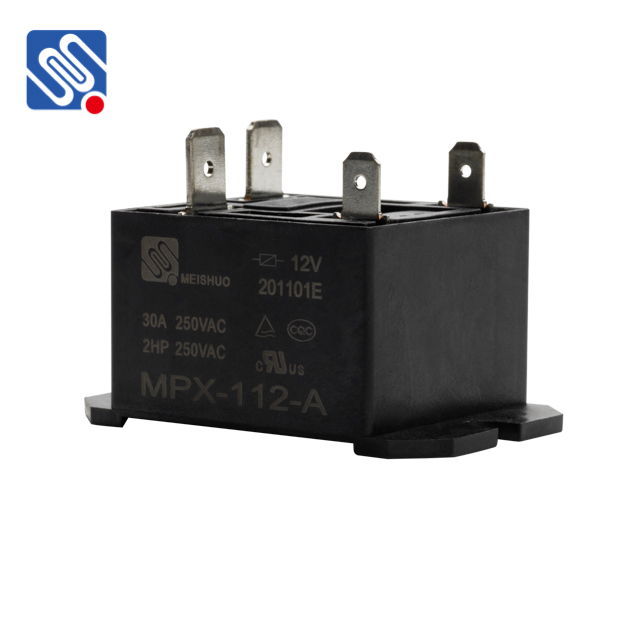power relay: an essential component for efficient electrical control
Release time:2025-08-07 09:42:45
Power relays are an integral part of modern electrical systems, playing a crucial role in controlling and switching electrical circuits. These devices enable the automation of various operations by acting as electrically operated switches that manage high-power circuits without direct human intervention. From industrial machinery to automotive applications, power relays are pivotal in ensuring safety, reliability, and energy efficiency. This article explores the working principle, types, and applications of power relays, highlighting their significance in modern electrical engineering.

Working Principle of Power Relays
A power relay functions by utilizing an electromagnetic coil to control the opening and closing of contacts, which in turn regulate the flow of electricity to a circuit. The relay consists of several key components:
Electromagnetic Coil: The coil generates a magnetic field when an electric current flows through it. This magnetic field attracts or repels a mechanical armature, depending on the direction of the current.
Contacts: These are the switching components that control the flow of electricity. They come in different configurations, such as normally open (NO) or normally closed (NC), to manage the power circuit's behavior.

